- July 26, 2024
-
-
Loading

Loading
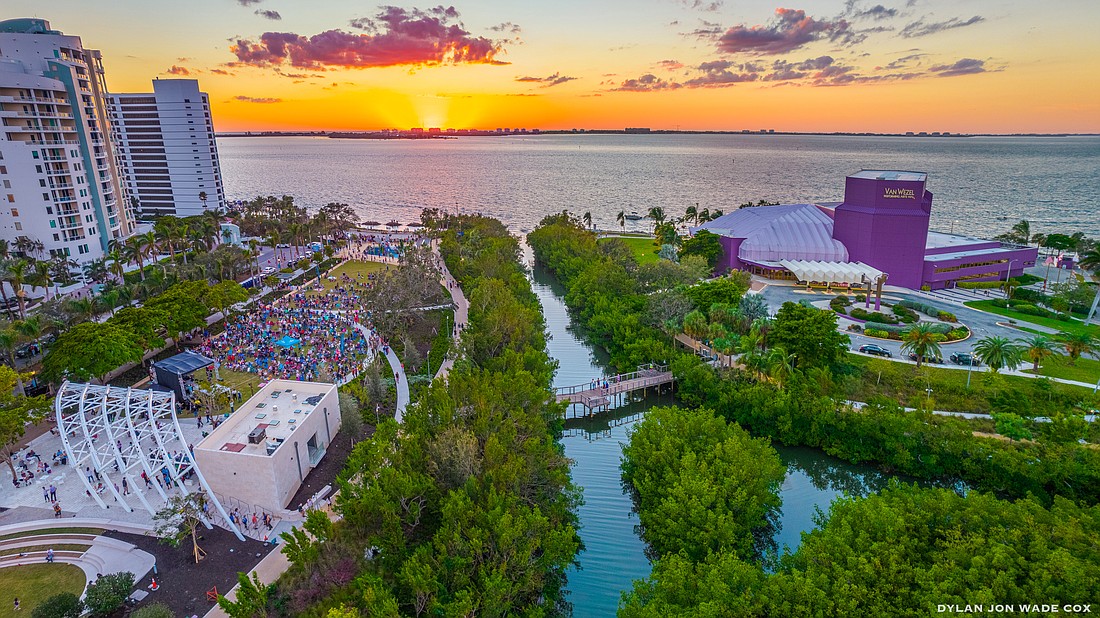
The most talked about park in at least a generation in Sarasota was born on a bus. (We’ll get back to that in a minute.)
That park is The Bay. The elegantly simple name defies the occasionally angsty decade-long process to get to Oct. 14. That’s the day phase one of the park, which sits on 53 acres of bayfront property west of Tamiami Trail between Boulevard of the Arts and 10th Street, officially opened. More phases of The Bay are forthcoming over roughly the next decade, in what will be a $150 million project — the first-ever public-private partnership of its kind the city has ever been involved with.
“This is a tremendous project,” Sarasota City Manager Marlon Brown says. “I’m so excited for the city.”
That excitement, and the park overall, can be traced to a handful of integral people and important moments, which, at various levels and a variety of times, proved indispensable to moving forward with The Bay.
In interviews with more than a half-dozen of those people, two key themes emerged. One is that every decision about The Bay has to enable, foster or in some way enhance access to the park for everyone, including people of all ages, socioeconomic status, race and physical ability.
The other is transparency. Not only because of Florida Sunshine Law, which, given it’s a public-private partnership, requires it. But also, says The Bay Park Conservancy Chairwoman Jennie Compton, they wanted to know that even if “people disagreed with the decisions we made, they could never disagree with the process.”
But back to the bus. And a trip local restaurateur Michael Klauber, then chairman of Visit Sarasota County, took to Nashville in 2013 with 30 other city and county leaders. It was a behind-the-scenes look at how the Music City handled a slew of challenges, from housing to recreation.
The founder and co-owner of Michael’s On East, Klauber recalls he was “fired up” when the group was taken on a tour of Riverfront Park, a mixed-use waterfront project on the banks of the Cumberland River in downtown Nashville. He got back on the bus for the next stop and his mind wandered: “There are 75 acres in play in Sarasota,” he thought, “and no one was looking at the big picture.”
Jon Thaxton, who back then was fresh off serving three terms as a Sarasota County commissioner, sat next to Klauber on the bus. He vividly recalls his friend’s energy and enthusiasm. “If Nashville can take a ditch and build it into a world-class waterfront project,” Thaxton recalls Klauber saying, “why can’t Sarasota take a parking lot and build a world-class park?”
The next decade proved to be an up-and-down, high-and-low and sometimes sideways undertaking. It included millions of dollars in donations from private citizens, five community foundations and area businesses. It included hours-long city council meetings with dozens of questions. It included some 400 meetings with neighborhood groups — from breakfasts in high-rise buildings to Sunday suppers in Newtown.
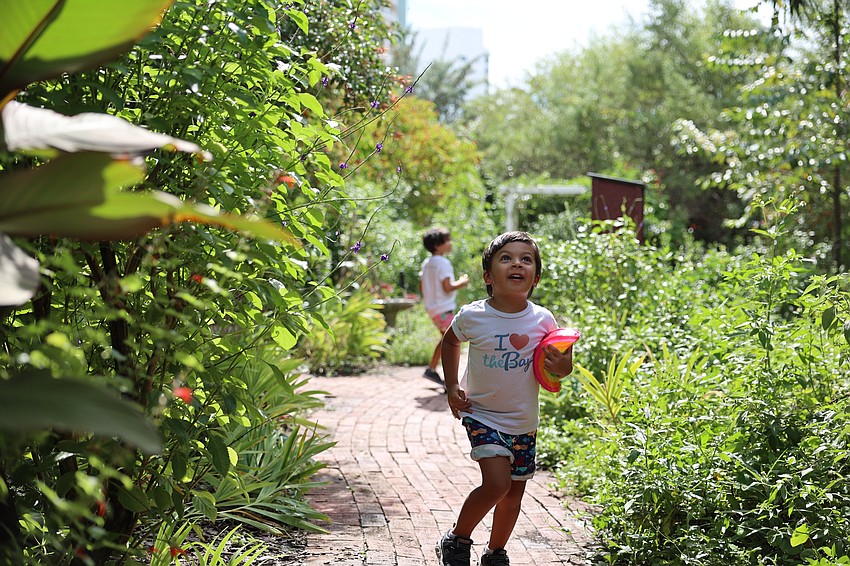
It also included multiple conversations with city leaders. While the city was, in general, in favor of the idea, the details were complex. “Nothing is easy when you are dealing with the government,” says Rob Lane, managing shareholder at the consulting firm Kerkering, Barberio & Co. in Sarasota, and treasurer of The Bay Park Conservancy. That belief was echoed by many others who worked with The Bay, including Thaxton.
Phase one of The Bay, under construction since 2019, includes more than 15 acres of revitalized greenspace; a colorful children’s playground with two larger-than-life ibis sculptures; common ground lawns, the Mangrove Bayou Walkway; an outdoor reading room; an ADA-accessible paddle launch; a restored and preserved mangroves and shorelines; and a concessions spot dubbed The Nest.
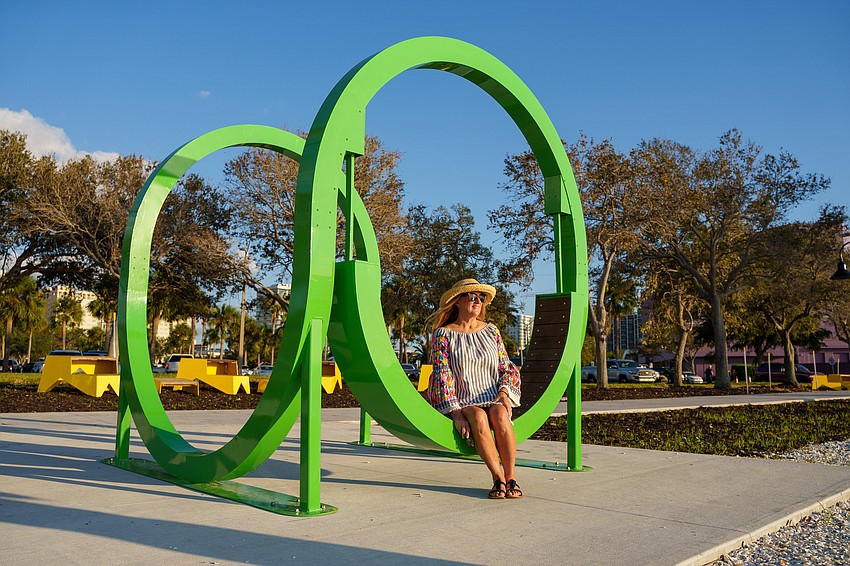
Phase two of The Bay, at a projected cost of $65 million, includes multiple parts to expand the offerings, such as the Canal District, Cultural District, Sunset Pier and Western Shoreline. Nearly $50 million of the funding comes from a Tax Increment Financing district arranged by the city of Sarasota.
Another aspect of The Bay, which remains in flux, is a performing arts center. The crux of a debate around that project: whether to replace or refurbish the Van Wezel Performing Arts Hall. Sarasota officials — the city owns and manages the iconic purple theater complex — held several meetings in March to discuss options as passionate groups on both sides jockey for public support. The Bay Park Conservancy doesn’t control the Van Wezel or the decision.
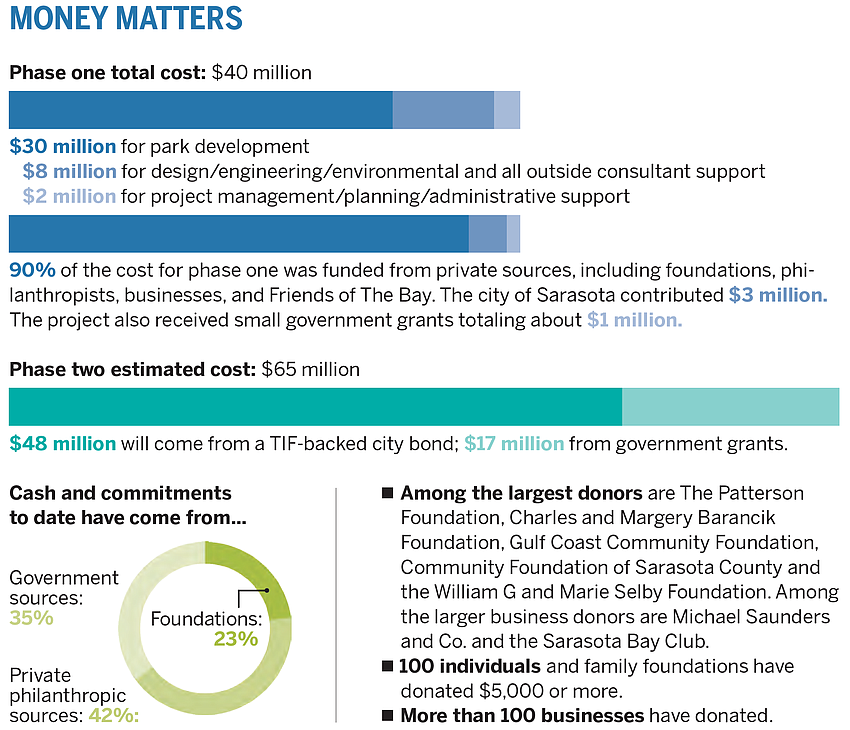
None of this would be possible without a core group of people behind The Bay, an All-Star list of Sarasota’s business, civic and philanthropic leaders. (In full disclosure, Emily Walsh, Key Life publisher and Observer Media Group president, joined the BPC board in 2019 and was named secretary earlier in 2023.) A partial list includes:
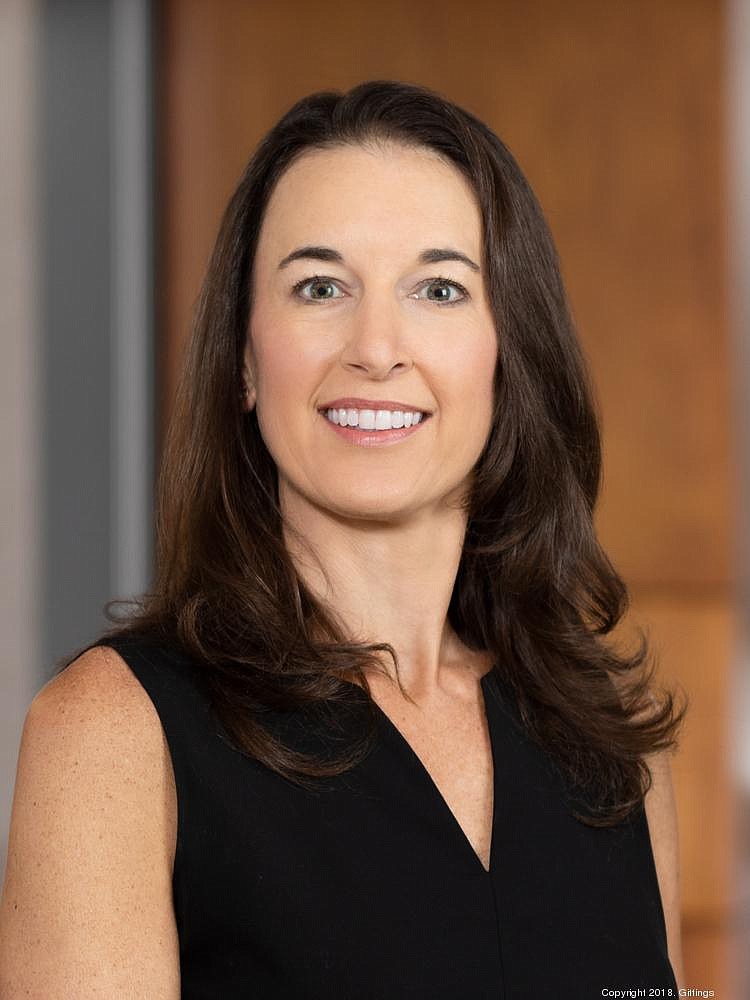
An attorney and managing partner of Shumaker, Loop & Kendrick, Compton was asked to join an early planning group for The Bay. After initially demurring, she drove by one day during lunch, in 2014. The Sarasota native recalled how as a kid she would take a yellow school bus to the “purple building” (the Van Wezel Performing Arts Hall) and have lunch while sitting on the orange curbs. She drove up that afternoon and found the same thing: students arriving in a yellow school bus for a field trip and lunch on the orange curbs. “You look at all this and you see all this,” Compton says, referring to the water and views and location, “and you think ‘we can do better.’” Compton thought she would be involved for at most two years. A decade later she’s still there. “I firmly believe this will greatly impact our community over the next 50 to 100 years,” she says.
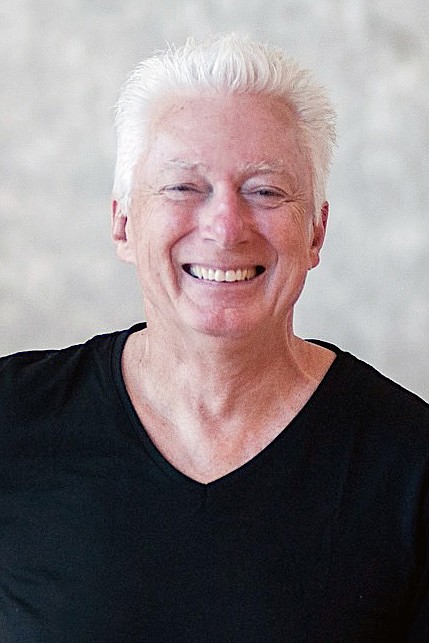
The founding CEO of the BPC, Lafley is the person multiple people involved in the Bay site as the project’s quarterback. The former president and CEO of Procter & Gamble, Lafley worked on a massive waterfront redevelopment project in Cincinnati, P&G’s headquarters. Sizing up The Bay opportunity, Lafley quickly realized, he says, that the group needed two things: talent and money. The talent side was taken care of with the board and others, including design, planning and construction firms like Sasaki, Haskell and Jon F. Swift Construction. The money? Roughly 100 people gave at least $5,000, he says, in addition to the region’s five core community foundations, which, in total, gave more than $1 million. “If you have all the foundations,” says Lafley, “then you have a critical mass.” (Lafley will soon step away as founding CEO. In a move BPC officials announced March 24, the new CEO will be Stephanie Crockatt, who was previously executive director of Buffalo Olmsted Parks Conservancy in upstate New York.)
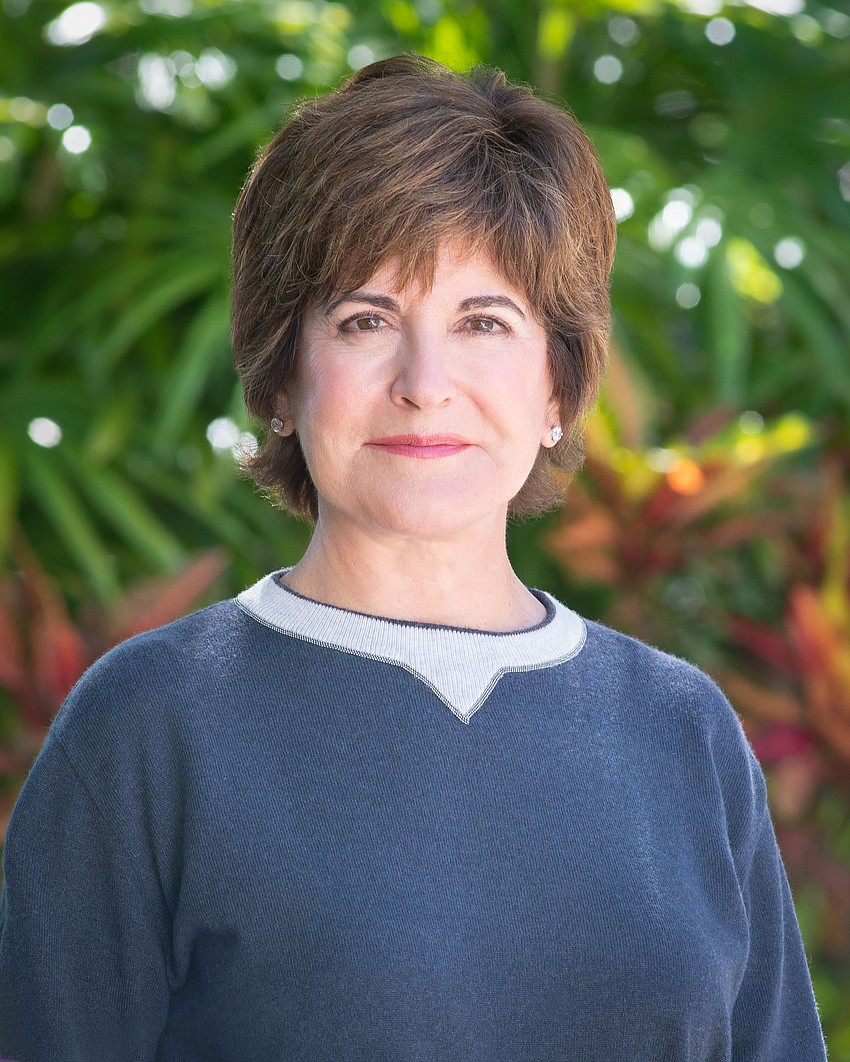
A retired commercial real estate broker who has been on numerous nonprofit and civic boards, Layton, like Compton, was hesitant to join The Bay early on. But also like Compton, Layton, while not a native, moved to town with her family in 1970 and saw what it was and what that site could be. With phase one complete, Layton, chair emeritus of the BPC, has spent multiple afternoons in the park, watching and seeing how people use it. Seeing The Bay principles in action is a reflective and proud moment for Layton, thinking back to the early days. “We really started on a wing and a prayer,” she says. “There was no map to guide us. There was no staff. There wasn’t even any furniture.”
Klauber was relentless in the early going, say several others closely connected to the park, with one core message: What are people going to say 50 years from now about the opportunities we have and the decisions we are making? In fact, Klauber is so invested in The Bay he will soon live there. Or almost. He and his wife, Terri, are selling their downtown Sarasota condo and plan to buy a condo in One Park, an 18-story building going up on the corner of Tamiami Trail and Boulevard of the Arts. “I want to be able to open up the front door, walk into the park and watch it grow and have an opportunity to be outside and be around the park all night,” Klauber says. “Heck, yeah, that’s what I want. I want to spend my next 30 years here.”
Outside of the headlines, many others in Sarasota played important roles in the formation of The Bay. The list includes:
The Visit Sarasota County president, along with Gulf Coast Community Foundation executive Jon Thaxton and Michael’s on East co-owner Michael Klauber, made up what many behind The Bay refer to as the Three Musketeers of the early days of the project.
The CEO of The Patterson Foundation, Jacobs provided advice and inspiration to Michael Klauber and others in the beginning days. The foundation’s multiple six-figure donations also paced the giving of other foundations and groups, say Lafley and Klauber.
Retired banking executive and founder of Gateway Bank, he
recruited several people early
on to be part of The Bay.
Now VSC group director of sales, Norman, say several with The Bay, was the glue who kept everything together in the early days. That’s especially true for when the group was holding multiple neighborhood meetings a month.
President of Jon F. Swift, which handled construction of The Bay. The Bay Park Conservancy CEO A. G. Lafley says Swift’s calm under pressure, such as when Hurricane Ian pounded the region, was an example for everyone in the project.